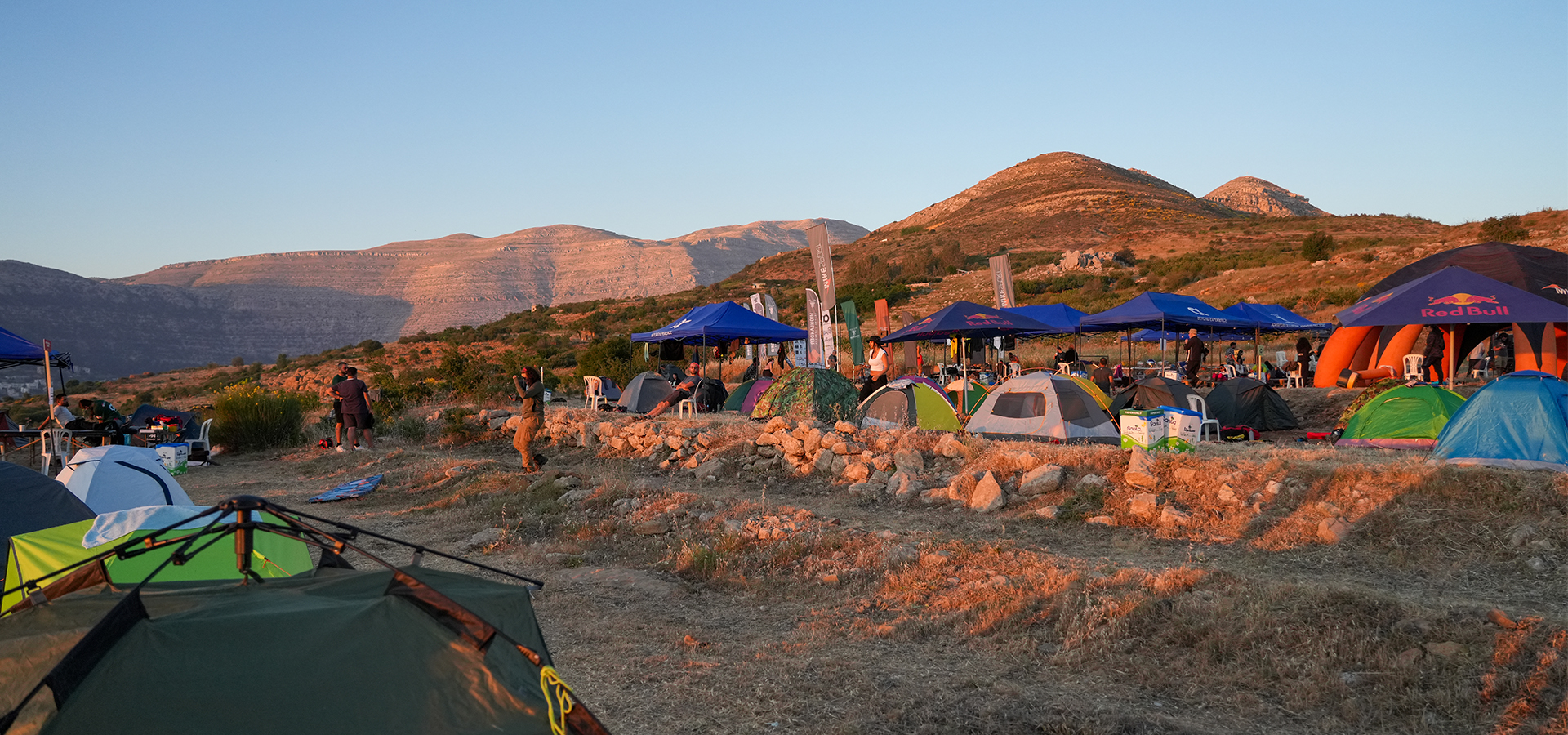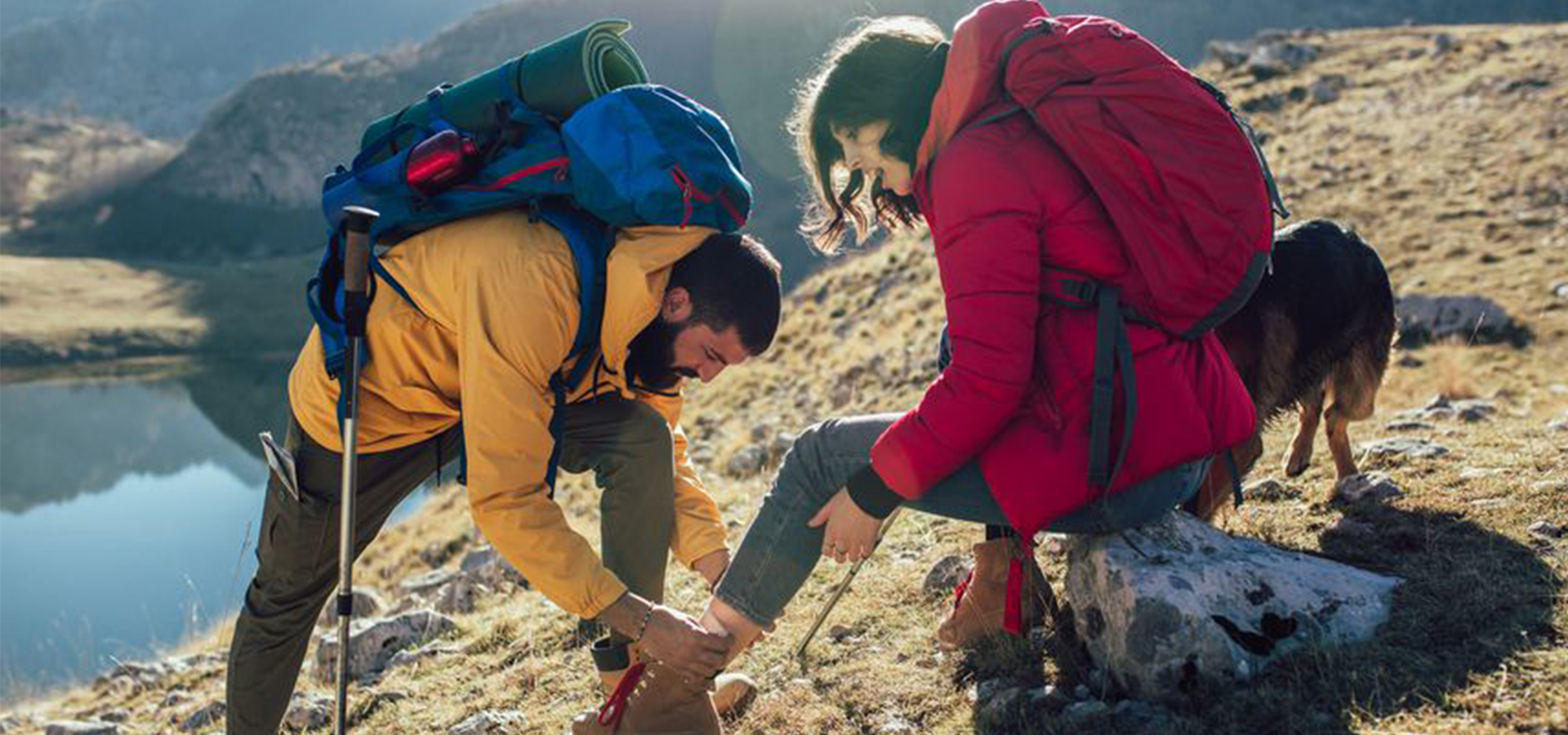
Outdoor first aid (Part 2) – Mira Sabbagh
- April 5, 2020
- 0
Author: Mira Sabbagh
Basic first aid
While planning a journey in the wilderness, one of the most important things to think about is basic first aid. As mentioned before, a first-aid kit is a must have to everyone spending time outdoor, and more importantly, knowing how to use this kit should be a priority, because the risk of injury is present everywhere. This article will showcase the basic first aid techniques that can help you prevent a bad situation from getting worse.
How to clean a wound?
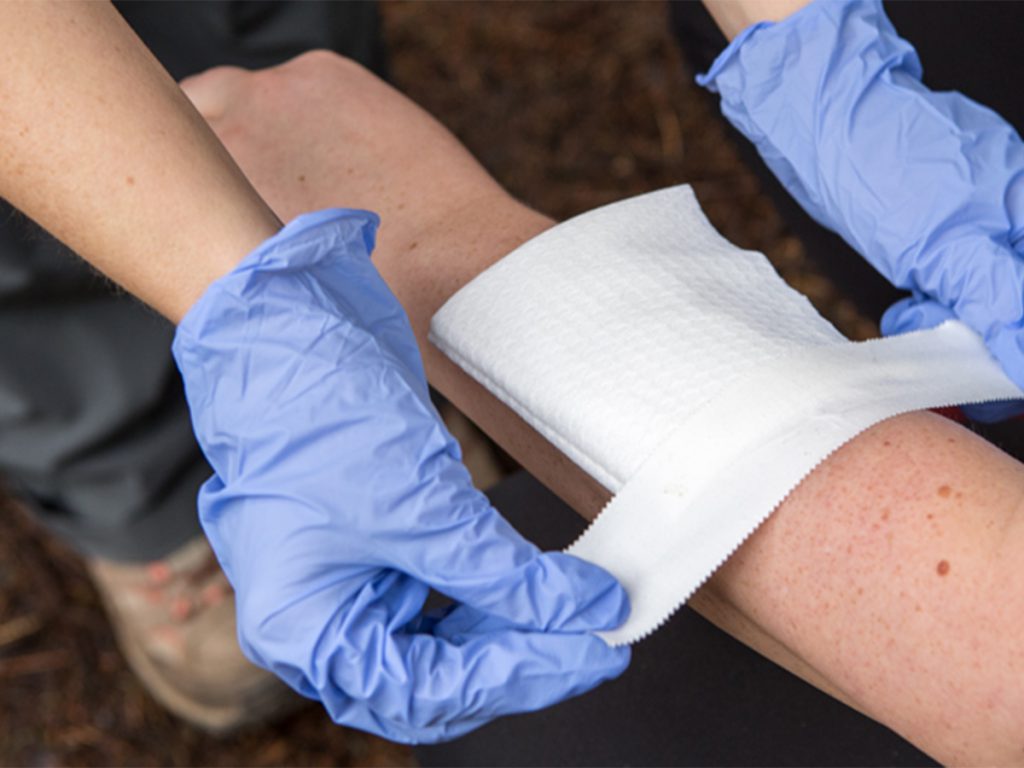
- Step 1: Clean your hands with hand sanitizer, then put on disposable gloves.
- Step 2: If the wound is bleeding, control it by using one of these 2 techniques:
1- Direct pressure: Place a piece of sterile gauze on the wound and apply direct pressure until the bleeding stops. Elevating the wound while applying pressure can help stop the bleeding faster.
2- Pressure dressing: Place a sterile gauze on the wound, then wrap it firmly using an elastic wrap. Make sure that the patient’s circulation and movement is normal, to ensure that the wrapping isn’t too tight. - Step 3: Clean the wound
1- Rinse the wound with a sufficient amount of clean water (about 500 mL).
2- Scrub around the wound with soap and water, making sure not to get any soap inside the wound.
3- Remove any dirt or debris with tweezers cleaned with alcohol. - Step 4: Cover the wound
1- Apply antibiotic ointment on the chosen bandage (sterile gauze, rolled gauze…) to prevent infection and to promote healing by keeping the wound moist.
2- Place the bandage on the wound and secure it by using an elastic bandage or a waterproof medical tape.
3- Change the dressing at least once a day, while making sure that the wound is kept moist and clean, with no signs of infection. - Step 5: Knowing when to seek medical attention
1- If the wound does not stop bleeding.
2- If the wound is very large or deep.
3- If the wound is caused by an animal bite.
4- If the wound is near a major blood vessel or a joint.
5- If there are signs of serious infection (redness, warmth, swelling, increasing pain, unpleasant odor, fever…)
How to treat a sprained ankle?
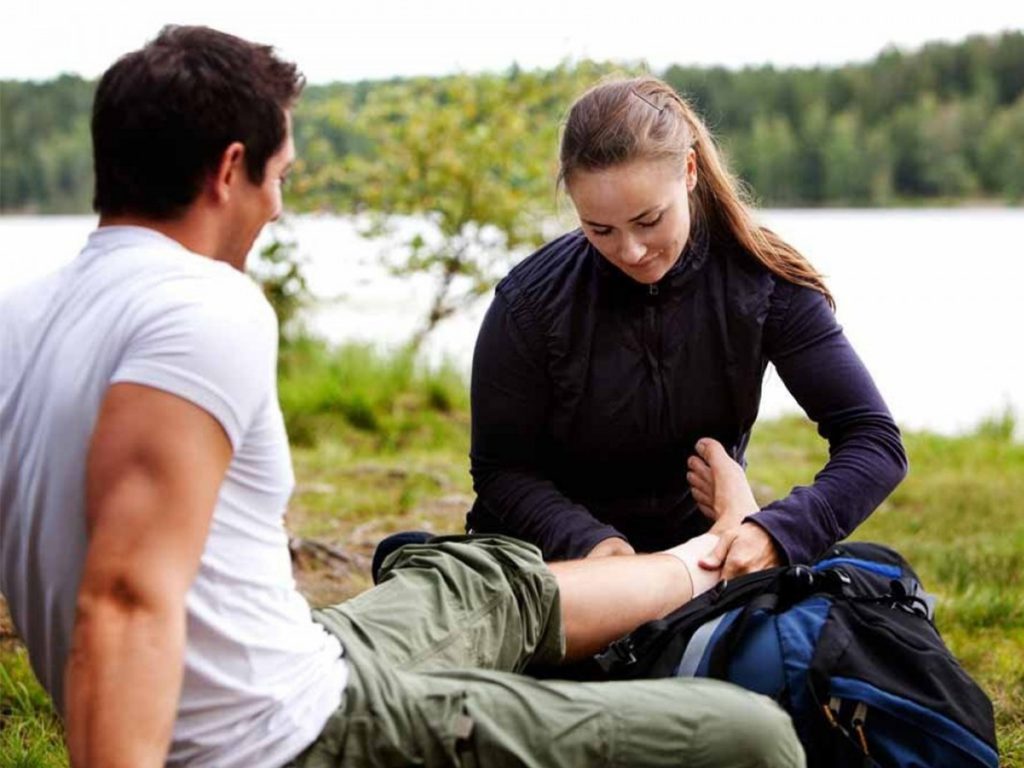
Did you hear a “pop sound” when you twisted your ankle? Does it feel tender to the touch? Is it painful when you stand on it? If the answer to these questions is affirmative, then you probably have sprained your ankle. To treat a sprained ankle, you just have to remember one word …“RICES”
- R-Rest: First thing to think about after you twist your ankle is taking a break, to prevent further damage.
- I-Ice: Apply cold to the affected area for 15-20 minutes. If you don’t have an instant ice pack, you can either pack some snow in your water bladder and lay it on the ankle, or lay the ankle in a cold mountain stream. The cold helps reduce the swelling and eases the pain. Make sure not to ice it more than 20 min as it can cause more harm than good.
- C-Compression: To provide some stability for the ankle and prevent swelling, wrap your ankle with an elastic bandage by starting from your toes and moving up your feet to reach the ankle. Make sure that there isn’t any numbness or increased pain, if not, you should loosen the wrap.
- E-Elevation: Elevate the ankle above the heart as much as possible to reduce swelling and prevent fluids from accumulating around the injured ankle.
- S-Stabilization: If the patient can still walk, stabilize the ankle using a C-splint, to prevent further injury while walking back to safety. If the patient cannot put any weight on his ankle or walk, stabilize it using a U-shaped splint.
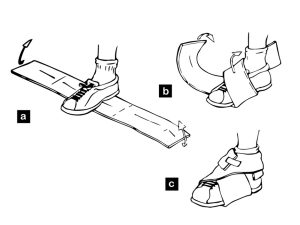
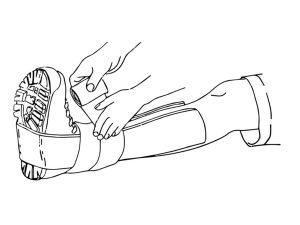
What is hyperthermia and how to treat it?
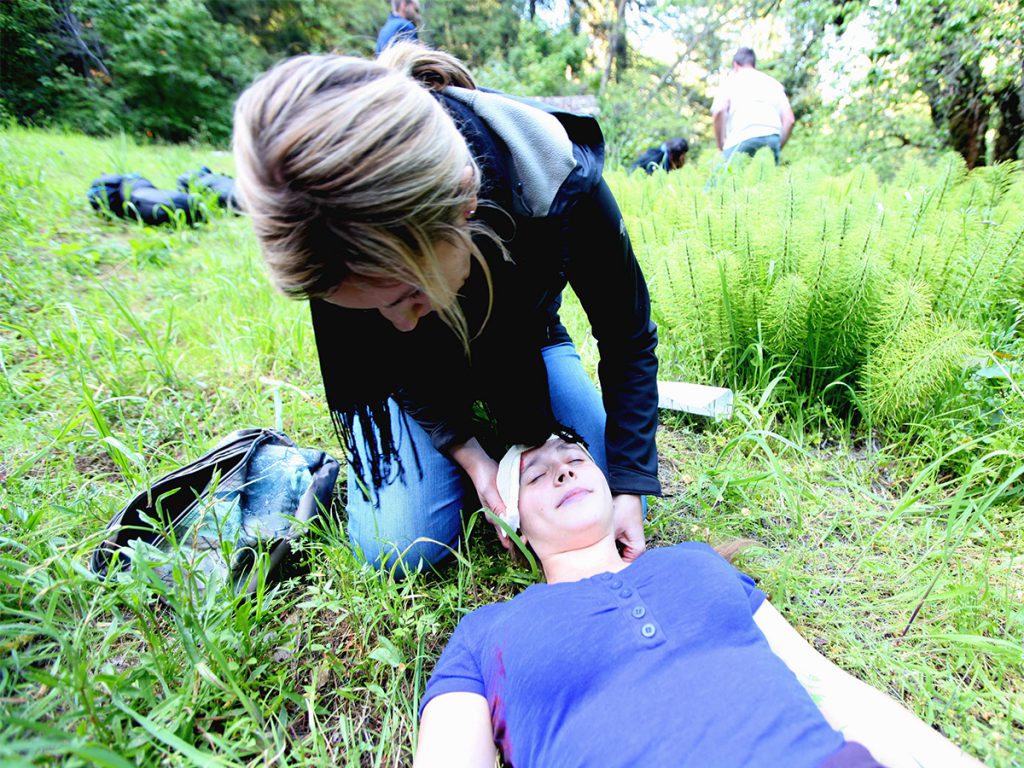
Hyperthermia is an increase in body temperature which can occur when a person is exposed to high temperatures for a long time. The body then tries to cool itself by sweating, which takes away water and salts called electrolytes, causing dehydration.
Symptoms include: Excessive sweating, headache, nausea, red skin, muscle cramps… In more severe cases, symptoms can include pale skin, weakness, intense thirst, dizziness, vomiting, fainting, difficulty concentrating… If left untreated, hyperthermia can cause life threatening complications such as organ failure, seizures or even death.
Treatment: When one or more of these symptoms occur, immediately stop your physical activity, move to a cool and shaded place, and follow these instructions:
- Drink cool water or an electrolyte drink.
- Lie down and relax.
- Remove excess clothes.
- Place a wet cloth on the forehead.
- Place ice packs under the arms.
- Don’t resume activity before all symptoms have disappeared.
If the symptoms persist for more than 30 minutes, seek medical attention.
References:







